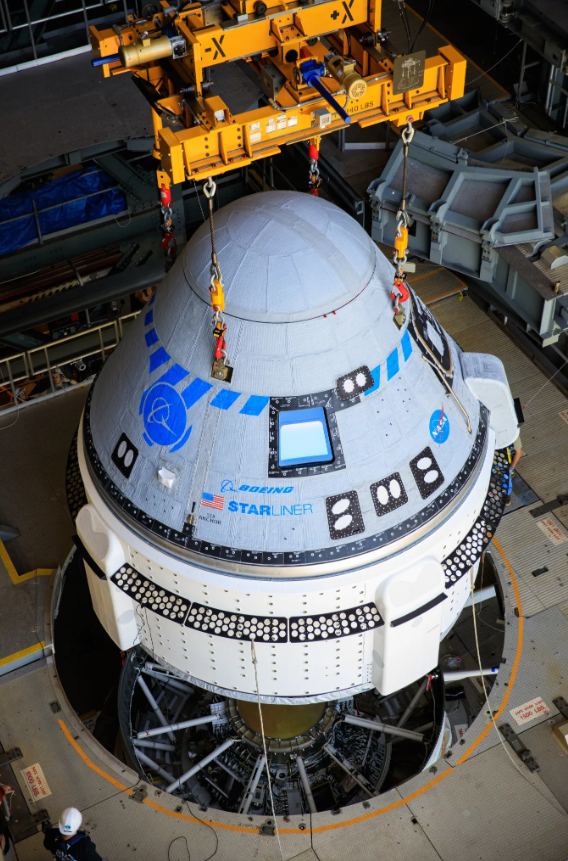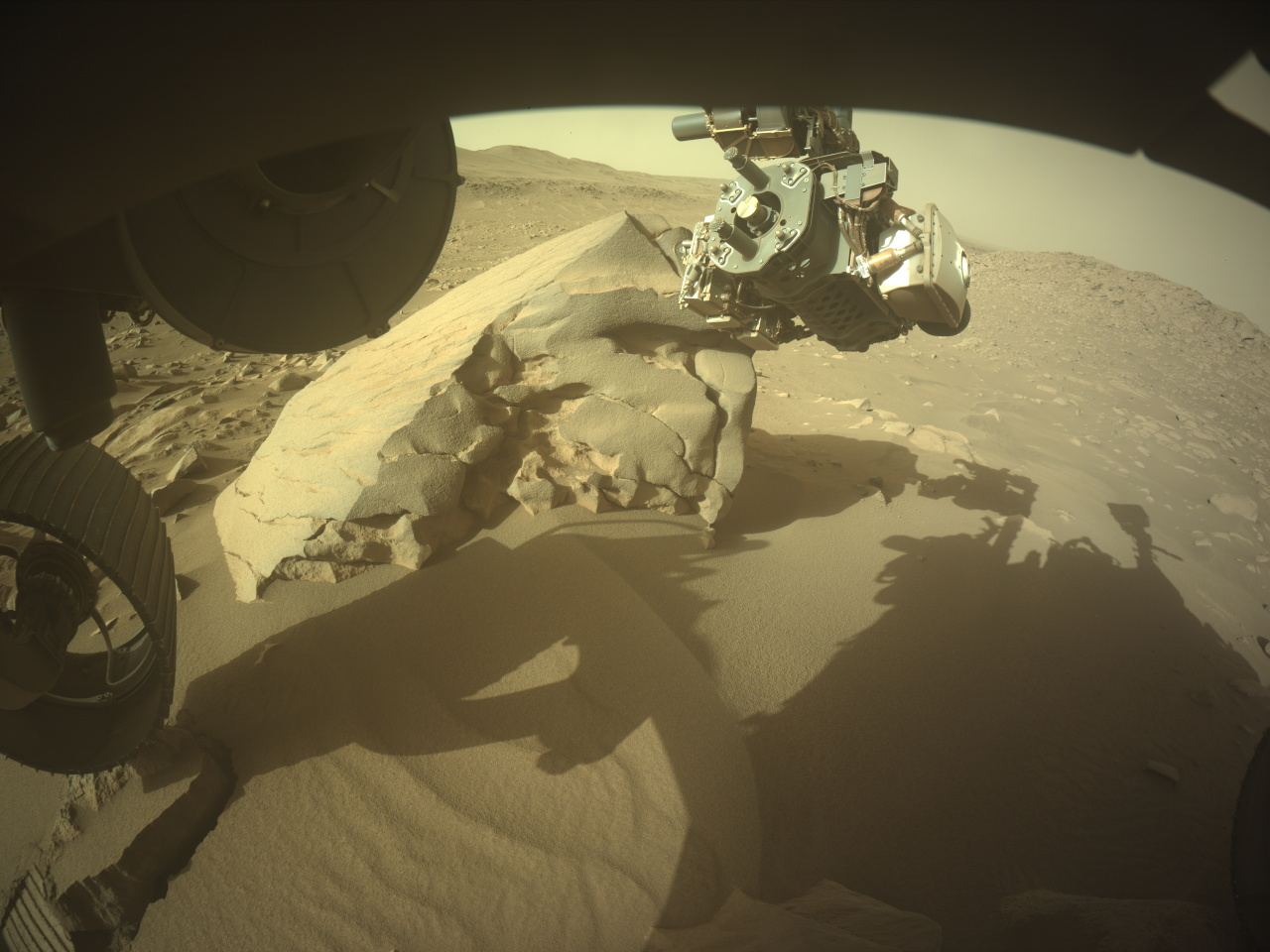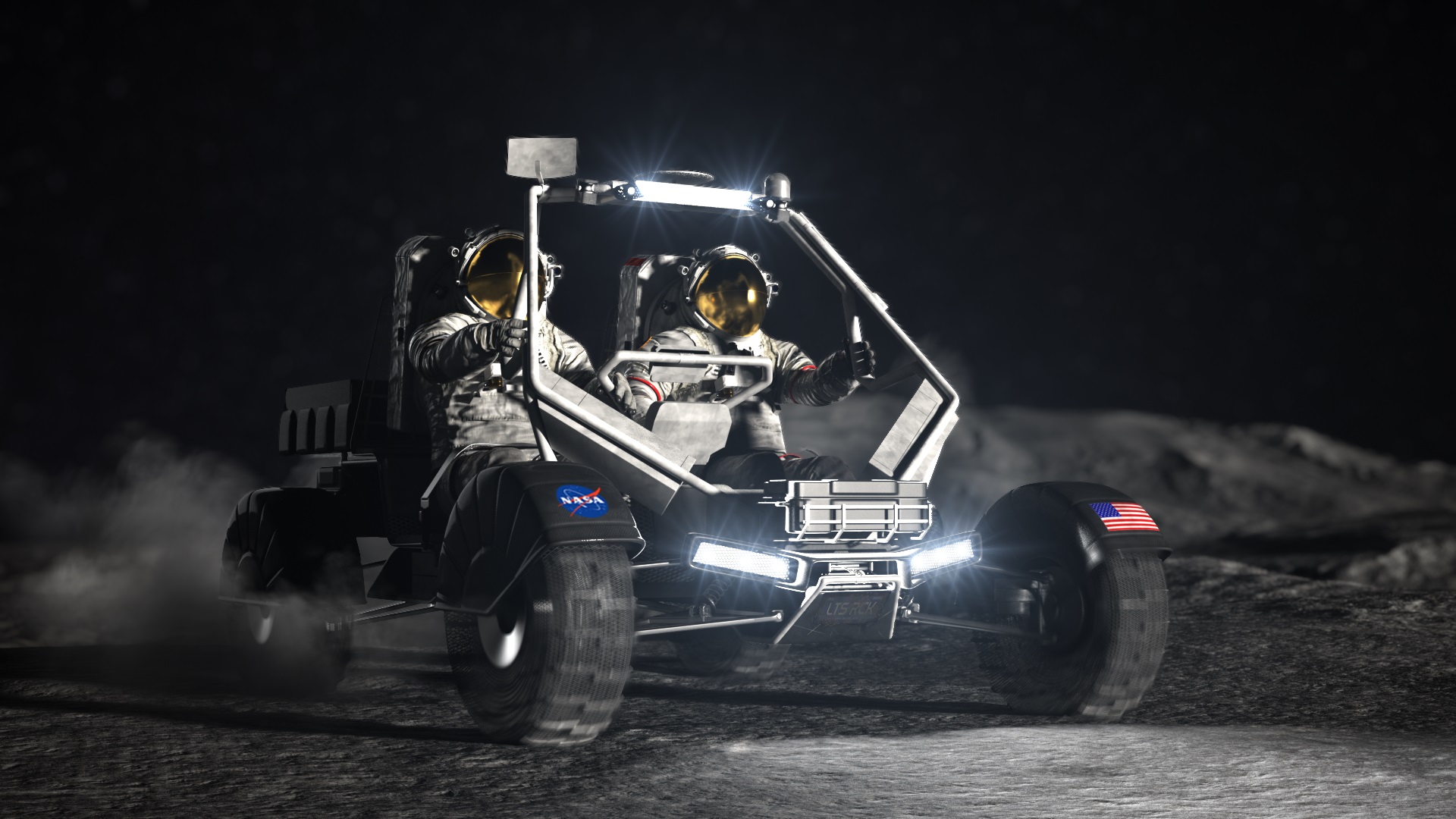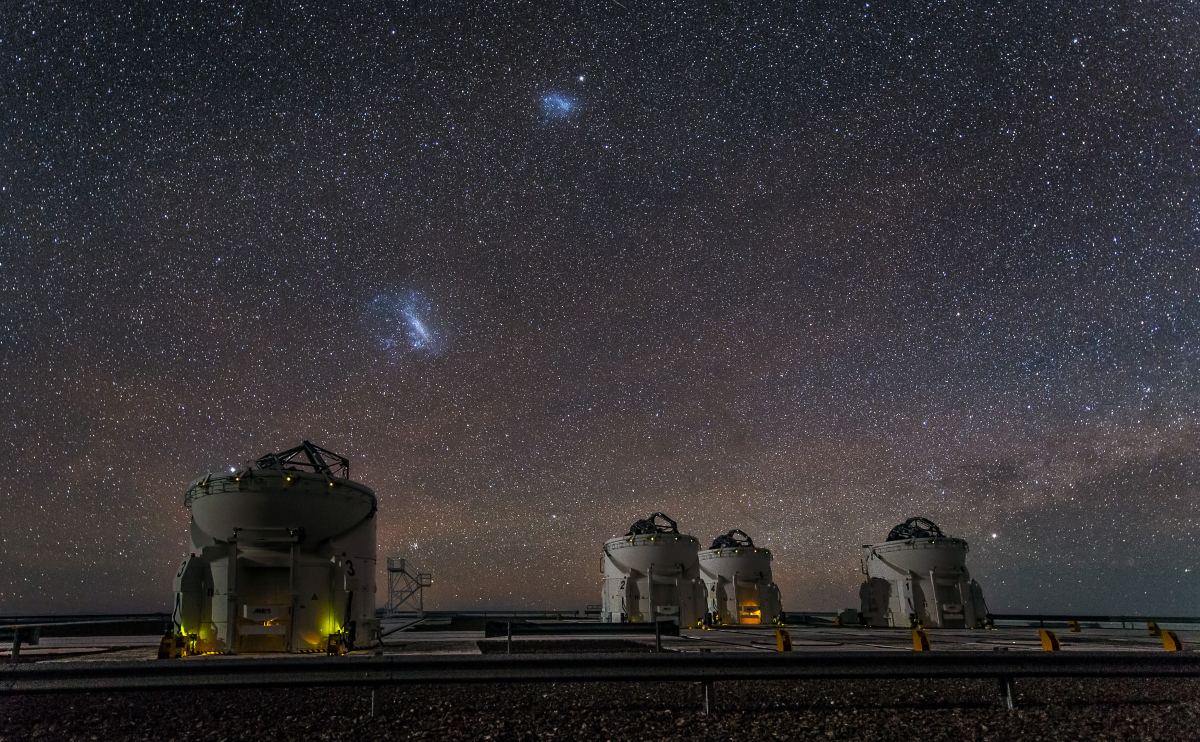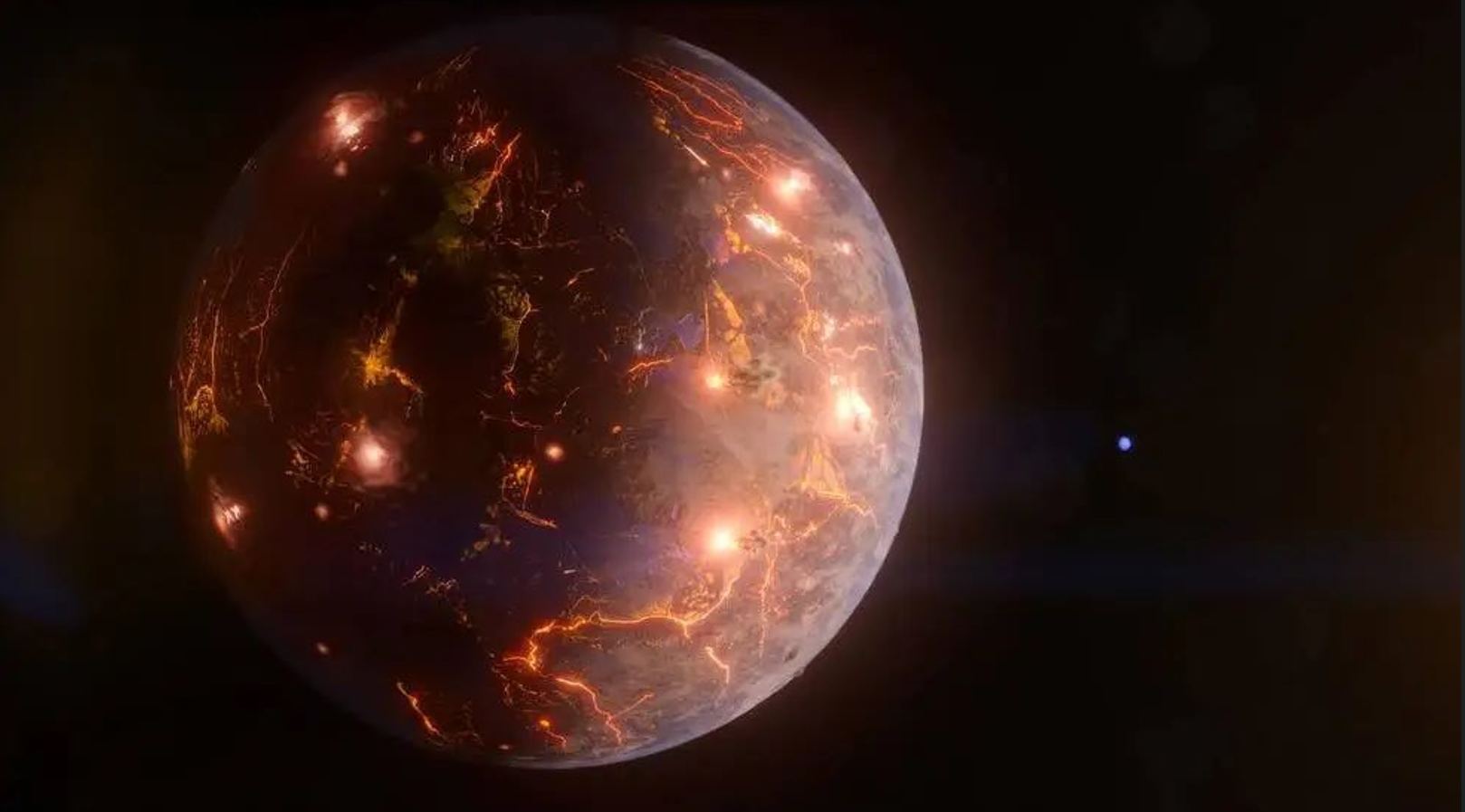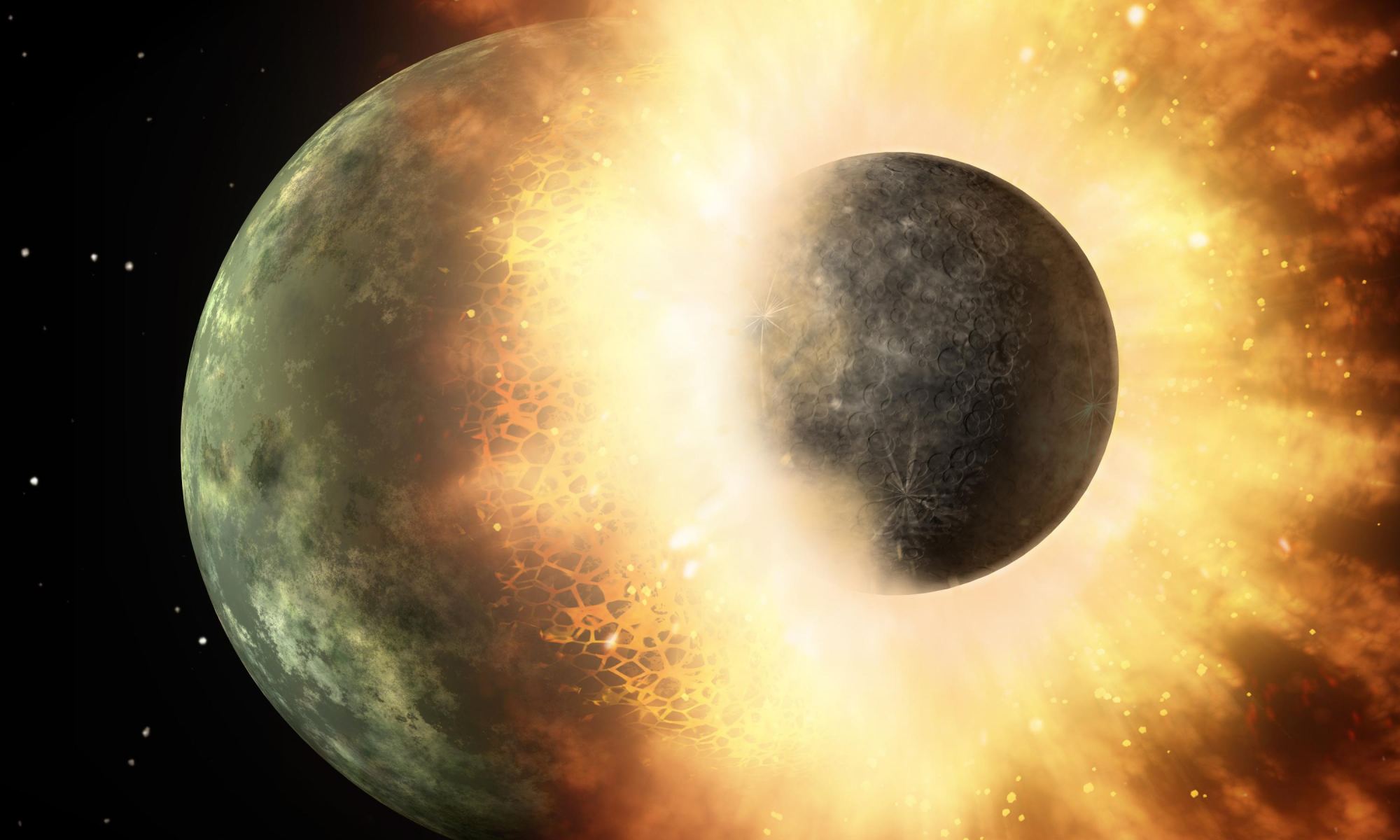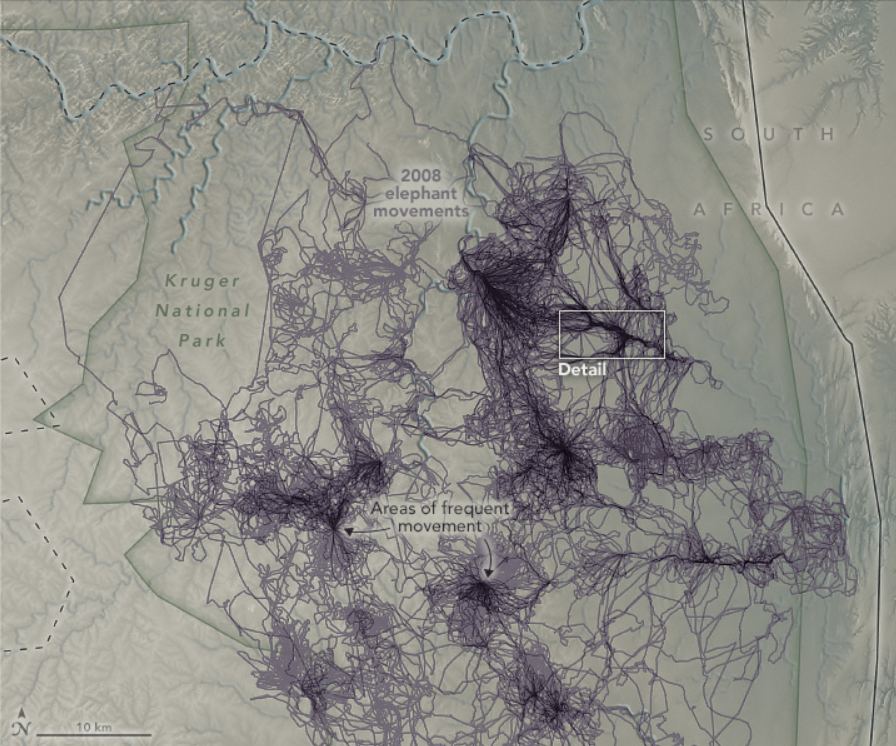In a paper published on the 1st April, author Mark Popinchalk reported upon a fascinating piece of research focussing on which animal has seen the most solar eclipses! It turns out that, whilst us humans have seen our fair share we are nowhere near the top of the list. According to Popinchalk, the horseshoe crabs have seen a staggering 138 trillion solar eclipses across the entire species. We are hot on their heels but it won’t be until about 10 million years that we catch up!
Continue reading “Which Animal Has Seen the Most Total Solar Eclipses?”Which Animal Has Seen the Most Total Solar Eclipses?




